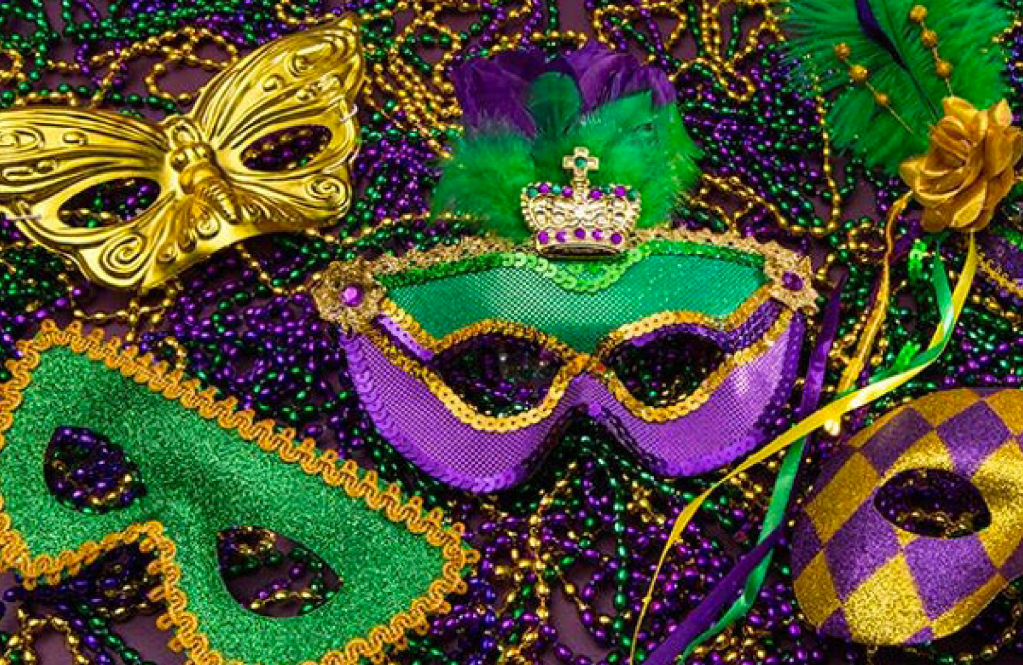By Kady Collins

Mardi Gras is a holiday that is typically celebrated on ¨Fat Tuesday.” The celebration of this holiday takes place in multiple places around the world. In the United States, the most famous place for mardi gras is New Orleans, Louisiana. Their Mardi Gras festival is known throughout the world, though in many different countries they celebrate this holiday. When one thinks of Mardi Gras, the first things that pop into their mind are glitter, parades, masquerade masks, colorful beads, and yellow and purple king cakes. However, it is often the case that people never talk about the history behind it. Mardi Gras goes all the way back to the 1600´s, where it all started.
Mardi Gras wasn’t created by Americans, and instead was created by people from Europe. It was first celebrated in America on March 3, 1699. This was when French explorer Pierre Le Moyne d’Iberville settled in Louisiana. He camped about 60 miles downriver from New Orleans. On Fat Tuesday, he had a small gala at Point Du Mardi Gras to celebrate. As the years passed, this mild celebration evolved and the French started adding masks and all sorts of colors to the tradition. They made it into a big, glittery party, with food and drink abound. They would also throw plastic strings of beads from balconies onto people watching the parade, continuing a Mardi Gras tradition that goes back to the 1800s when “carnival kings would give their subjects trinkets.”
This is only some of the vibrant history behind the celebration of Mardi Gras, and hopefully it will help you to better understand the origins and meanings of the Fat Tuesday celebration.


You must be logged in to post a comment.